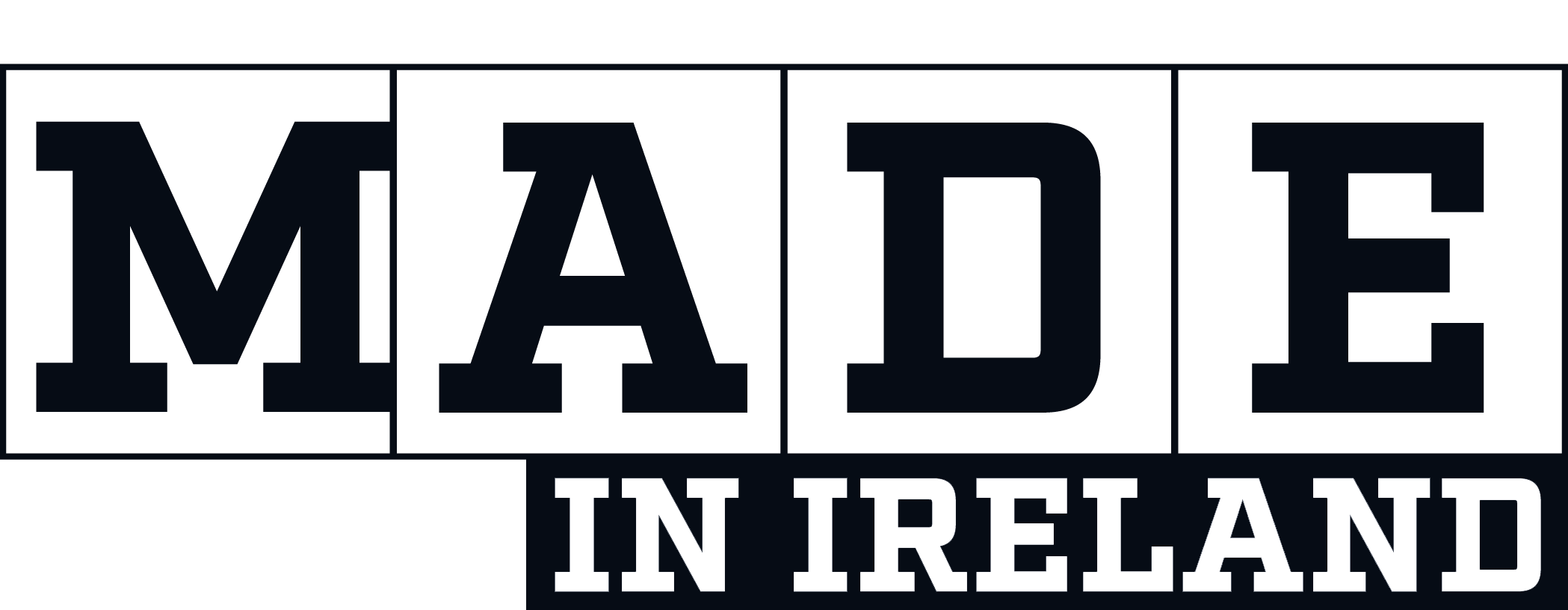Building on a series of recent collaborations, Siemens has achieved certification for its Calibre nmPlatform software suite - including nmDRC, nmLVS, YieldEnhancer and PERC tools - alongside its Analog FastSPICE (AFS) and Solido solutions, for TSMC’s N2P and A16 processes.
In addition, its Calibre 3DSTACK solution is certified for TSMC’s 3DFabric technologies and the 3Dblox standard, advancing silicon stacking and packaging design.
Siemens and TSMC are also advancing tool certifications for the newly announced TSMC N3C technology, building on the available N3P design solutions – both have also initiated collaboration on design enablement for TSMC’s newest A14 technology, laying the groundwork for next-generation designs.
The Siemens and TSMC partnership will help to significantly advance system and semiconductor design for AI, automotive, hyperscale, mobile and other key applications, due in part to recent technology achievements that include:
Siemens’ signature Calibre nmPlatform software is now certified for TSMC’s most advanced processes - Calibre nmDRC software, Calibre nmLVS software, Calibre PERC software, and Calibre YieldEnhancer software with SmartFill technology are all certified for TSMC’s advanced N2P and A16 processes, enabling mutual customers to continue accessing state-of-the-art signoff technology.
Siemens’ Calibre xACT software is certified for the newest version of TSMC’s N2P process.
As the 3Dblox technology continues its transition to become an IEEE standard, Siemens and TSMC have successfully collaborated to certify Siemens’ Calibre 3DSTACK solution’s support for 3Dblox and TSMC’s 3DFabric technologies.
This certification continues the ongoing collaboration on thermal analysis for TSMC’s 3DFabric silicon stacking and advanced packaging technologies. Siemens’ Innovator3D IC solution can support the 3Dblox language format across abstraction levels.
With the recent certification of Siemens’ Analog FastSPICE (AFS) software for TSMC’s N2P and A16 processes, Siemens and TSMC have established powerful solutions for next-generation analogue, mixed-signal, RF and memory designs.
Further, as part of the custom design reference flow (CDRF) for TSMC’s N2 process, Siemens’ AFS tool supports TSMC’s Reliability Aware Simulation technology, which addresses IC aging and real-time self-heating effects, among other advanced reliability features. The CDRF for TSMC’s N2P technology also integrates Siemens’ Solido Design Environment software for advanced variation-aware verification.
Siemens also worked with TSMC through its Calibre 3DStack and AFS to develop design solutions for TSMC’s Compact Universal Photonic Engines (COUPETM) platform by combining Siemens’ expertise and TSMC’s advanced process technologies.
Additionally, Siemens is in the process of certification for its Aprisa software and mPower software, on TSMC’s N2P process, aiming to deliver physical implementation and electromigration / IR-drop analysis for both analogue and digital designs.
Siemens EDA and TSMC have successfully certified seven sign-off production flows on cloud, including Siemens’ Solido SPICE, Analog FastSPICE, Calibre nmDRC and Calibre YieldEnhancer with SmartFill technology, Calibre nmLVS, Calibre PERC, Calibre xACT, and mPower power integrity analysis flow tools. These offerings have been verified to run with exceptional accuracy and security on the AWS Cloud.
"As we continue to pioneer new solutions and redefine the possibilities within the semiconductor industry, our strategic alliance with TSMC remains a cornerstone of our strategy," explained Mike Ellow, CEO, Siemens EDA, Siemens Digital Industries Software. "These advances not only enhance our portfolio but also empower our mutual customers to meet the challenges of tomorrow."
"By strengthening our partnership with Siemens, TSMC is empowering customer innovation," said Lipen Yuan, Senior Director of Advanced Technology Business Development at TSMC. "Our collaboration with Open Innovation Platform (OIP) ecosystem partners like Siemens is instrumental in pushing the boundaries of what's possible in semiconductor technology moving forward.”













